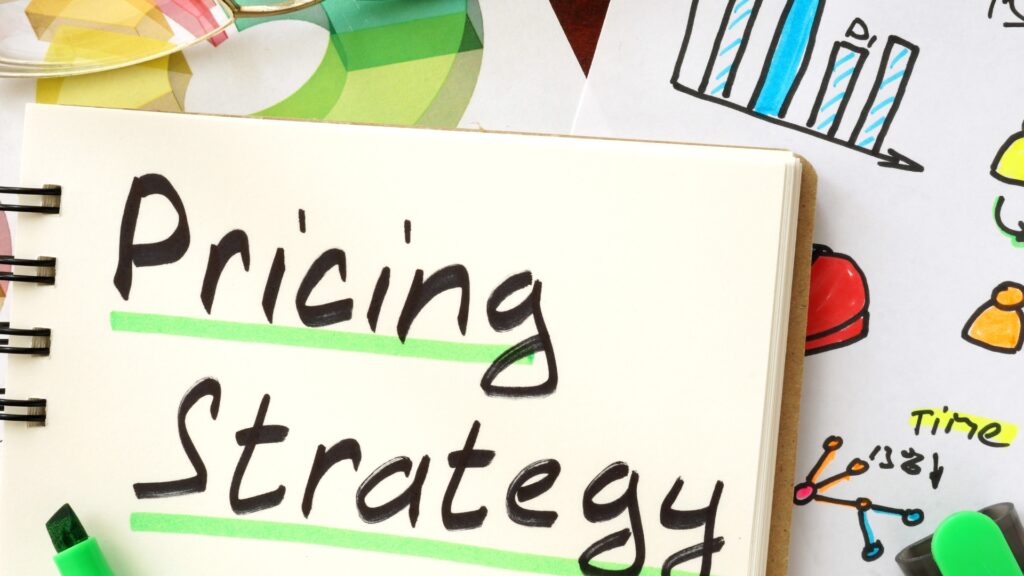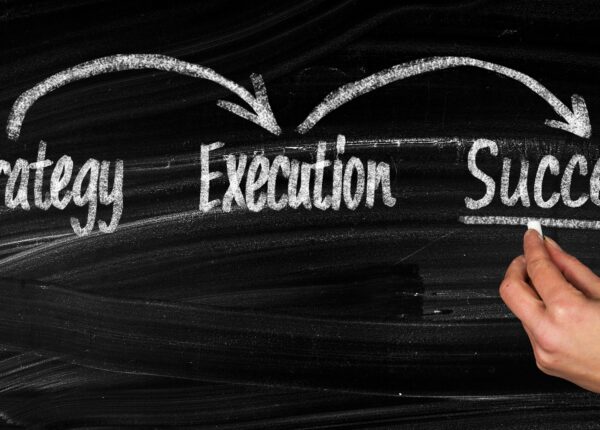1. Introduction
Pricing is not just about assigning a number to your product or service—it’s about positioning your business for success. The right pricing strategy can help attract customers, beat competitors, and maximize profitability.
This article explains the different types of pricing models, their advantages, challenges, and real-world examples (including the Indian context) to help you choose the right approach for your business.
2. What Are Pricing Models?
A pricing model is a structured method used by businesses to decide how much to charge for their products or services.
It answers critical questions like:
- How do we cover costs while making a profit?
- How do we stay competitive in the market?
- How do we create value for customers?
3. Why Pricing Models Matter in Business
- Revenue & Profitability: Directly impacts margins.
- Market Positioning: Creates perception of affordability, luxury, or value.
- Customer Behavior: Influences how buyers perceive deals and value.
- Competitive Advantage: The right pricing can help win customers over rivals.
- Scalability: Determines whether the model works as the business grows.
4. Key Strategies for Successful Digital Transformation in Businesses
4.1 Cost-Plus Pricing
- Definition: Adding a fixed margin to the cost of production.
- Pros: Simple, guarantees profit margin.
- Cons: Ignores customer perception.
- Example: A textile manufacturer in Surat adds a 20% margin on production cost to set the final price.
4.2 Value-Based Pricing
- Definition: Price is based on the perceived value to the customer rather than cost.
- Pros: Higher margins, customer loyalty.
- Cons: Requires deep market research.
- Example: Apple in India charges premium prices because of brand value and user experience.
4.3 Competitive Pricing
- Definition: Setting prices based on competitors’ rates.
- Pros: Keeps you relevant in the market.
- Cons: Can trigger price wars.
- Example: E-commerce platforms like Flipkart and Amazon India often match each other’s pricing.
4.4 Penetration Pricing
- Definition: Low initial price to attract customers and gain market share.
- Pros: Fast customer acquisition.
- Cons: Difficult to raise prices later.
- Example: Reliance Jio entered the Indian telecom market with free/low-cost services.
4.5 Skimming Pricing
- Definition: High price at launch, gradually lowering over time.
- Pros: Maximizes early profits.
- Cons: Limited to early adopters.
- Example: Smartphone brands like Samsung launch premium models at high prices and reduce them later.
4.6 Subscription Pricing
- Definition: Recurring fee for continuous access.
- Pros: Predictable revenue stream.
- Cons: High churn if value isn’t maintained.
- Example: OTT platforms like Netflix India and Hotstar.
4.6 Subscription Pricing
- Definition: Recurring fee for continuous access.
- Pros: Predictable revenue stream.
- Cons: High churn if value isn’t maintained.
- Example: OTT platforms like Netflix India and Hotstar.
4.7 Freemium Model
- Definition: Free basic version, paid premium features.
- Pros: Attracts a large user base.
- Cons: Revenue depends on the upgrade rate.
- Example: Apps like Spotify and Grammarly.
4.8 Dynamic Pricing
- Definition: Prices change based on demand, supply, or season.
- Pros: Maximizes revenue in real time.
- Cons: Can annoy customers if prices fluctuate too much.
- Example: Uber surge pricing in India.
4.9 Psychological Pricing
- Definition: Using customer psychology (e.g., ₹999 instead of ₹1000).
- Pros: Boosts sales.
- Cons: Can feel manipulative if overused.
- Example: Retail stores across India (Big Bazaar, D-Mart).
4.10 Bundle Pricing
- Definition: Selling products together at a discounted price.
- Pros: Increases overall sales.
- Cons: Customers may not want all bundled items.
- Example: McDonald’s meal combos in India.

5. How Businesses in India Use Pricing Models
Indian businesses often combine models:
- Startups use freemium + subscription.
- Retailers use psychological pricing.
- Manufacturers prefer cost-plus.
- Telecom & SaaS firms rely on penetration + subscription.
6. Comparison: Pricing Models at a Glance
| Pricing Model | Best For | Examples |
|---|---|---|
| Cost-Plus | Manufacturing | Textile units in Surat |
| Value-Based | Luxury & Tech | Apple, Mercedes |
| Competitive | E-commerce | Flipkart, Amazon |
| Penetration | Telecom | Reliance Jio |
| Skimming | Electronics | Samsung, OnePlus |
| Subscription | SaaS & OTT | Netflix, Zoho |
| Freemium | Apps | Spotify, Grammarly |
| Dynamic | Transport & Airlines | Uber, Indigo |
| Psychological | Retail | D-Mart, Big Bazaar |
| Bundle | Food & Retail | McDonald’s |
7. How We Help Businesses with Pricing Strategy
We help SMEs and enterprises by:
- Analyzing cost structures & customer value perception
- Conducting competitive benchmarking
- Designing a pricing mix aligned with short-term and long-term goals
- Implementing tools for dynamic & flexible pricing
- Running A/B tests to validate strategies
8. Real-World Examples of Pricing Models in Action
- Zomato Gold (Subscription Pricing): Monthly subscription for free deliveries and discounts.
- Paytm (Freemium Model): Free UPI, but charges for business services.
- Indigo Airlines (Dynamic Pricing): Ticket prices rise closer to travel dates.
- Reliance Jio (Penetration Pricing): Entered with free plans to capture millions of users.
9. Common Challenges in Pricing Decisions
- Balancing profitability with affordability in India’s price-sensitive market
- Frequent competitor disruptions are forcing constant price adjustments.
- Customer resistance to price hikes
- Choosing between volume-driven and margin-driven growth
10. Conclusion
Pricing is both an art and a science. The right model helps businesses not only stay profitable but also connect with customers at the right value point.
Whether it’s cost-plus for manufacturers, subscription for SaaS, or penetration pricing for market entry, businesses must adapt their approach to evolving market conditions and customer expectations.
For Indian businesses, understanding the types of pricing models and applying them smartly is the key to long-term success.
11. FAQs
Competitive pricing and psychological pricing are widely used due to India’s price-sensitive consumers.
Startups often use freemium + subscription to acquire users and generate recurring revenue.
While many are price-sensitive, there’s a growing segment in metros willing to pay for premium value (e.g., Apple, Starbucks).
It depends on industry, customer behavior, cost structure, and growth goals. External consultants can help design hybrid models.
Yes. For example, a SaaS startup can use freemium for user acquisition and subscription for long-term revenue.
Related posts
-
Digital Transformation in Businesses: Key Strategies to Stay Competitive
Discover effective strategies for driving digital transformation in your business. Discover how CRM, ERP, data analytics, automation, and...
15 March 202403Likes -
Micro-Strategies: Quick Wins for Big Impact
"Explore how Micro-Strategies deliver quick wins for big impact in businesses. Learn their benefits, examples, and practical applications...
15 March 202405Likes -
Strategy vs Planning Gap: Key Challenges in Businesses
"Learn the difference between strategy vs planning, key business challenges, and how to bridge the gap with real-world...
22 September 202505Likes


